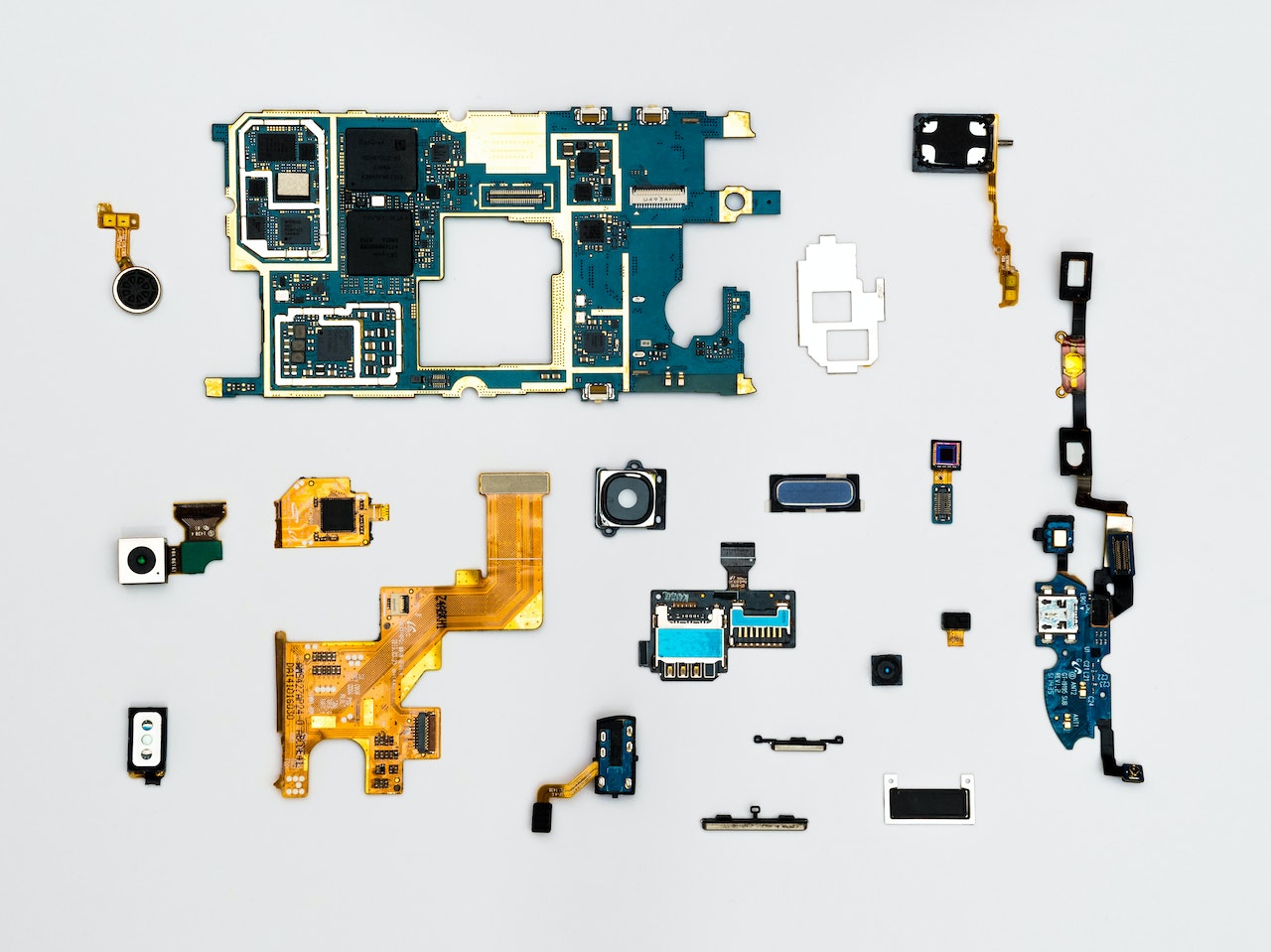Making IoT secure: the overview of the latest trends in IoT security protocols

IoT has been gaining more popularity across industries. Many individual entrepreneurs, as well as large corporations, find it affordable, cost-efficient, and productive. It allows new capabilities for relatively small investments.
- Ponemon Institute conducted a survey where 97% of respondents said that IoT devices pose a security risk to their organization.
- Verizon report stated that 17% of all data breaches in 2020 involved IoT devices.
- IDC survey concluded that 63% of respondents said that security concerns were the biggest barrier to IoT adoption in their organization.
- Symantec report claims that the number of IoT attacks increased by 600% between 2016 and 2017.
- According to Gartner, by 2022, more than half of all security alerts will be generated by IoT devices.
- The stats highlight the need to protect the devices and information flows. Since the IoT technology was introduced, the manufacturers of the devices were not paying enough attention to the security of every single item. However, this will change. Gartner forecasts claim that by 2023, every IoT device will have at least one security feature embedded. The point of IoT is to connect as many devices as possible to enable their visibility. That makes businesses well aware of all the small processes happening in their daily operations. Yet, with a great opportunity comes great risk. The issue of the security of the data transmitted by the devices was questioned. Since the streams of data are intense and continuous, they often become vulnerable. Hence, future advancements in IoT are focused on making the devices and the overall system more secure. Let’s take a look at the trends in measures that companies take to ensure secure connections:
- Network Segmentation: Network segmentation includes separating an IoT network into more modest, confined fragments. This can assist with restricting the effect of a potential security break and make it harder for programmers to travel through the organization.
- Strong Authentication: Strong authentication measures, such as multi-factor authentication and biometric authentication, can help to prevent unauthorized access to IoT devices and networks. This can also help to prevent data breaches and ensure that only authorized users have access to sensitive data.
- Data Encryption: Data encryption includes encoding information, so it must be perused by approved clients. This can assist with safeguarding delicate information that is sent between IoT gadgets and organizations, making it harder for programmers to capture and interpret the information.
- Regular Updates and Patches: Regular updates and patches can help to address security vulnerabilities and ensure that IoT devices and networks are protected against the latest threats. Organizations should have a plan in place for regular updates and patches and ensure that all IoT devices are up-to-date with the latest security measures.
- Access Control: Access control includes confining admittance to IoT gadgets and organizations to just approved clients. This can assist with forestalling unapproved access and cut off the potential for security breaks.
By implementing these measures, organizations can help to protect IoT connectivity and information security. Organizations must take a proactive approach to security, stay up-to-date with the upcoming threats and vulnerabilities, and introduce best practices for IoT security.

The future of security
- Blockchain-based Security: Blockchain technology is becoming increasingly popular in IoT security, as it provides a decentralized and secure platform for data exchange. Blockchain can help to ensure that data is encrypted and stored securely and can also provide a transparent and immutable record of all transactions.
- Edge Computing: Edge computing involves processing data closer to the source rather than transmitting it to a centralized cloud for processing. This can help to reduce the risk of cyber-attacks, as sensitive data is not transmitted over the network.
- AI-powered Security: Artificial intelligence (AI) can help to improve IoT security by identifying and responding to security threats in real time. AI-powered security systems can analyze vast amounts of data to detect anomalies and potential security breaches and can take action to prevent or mitigate the effects of a breach.
- Device Identity Management: Device identity management involves assigning unique identities to IoT devices, which can be used to authenticate devices and ensure that only authorized devices have access to the network. This can help to prevent unauthorized access and limit the potential for security breaches.
- Hardware-based Security: Hardware-based security involves building security measures directly into IoT devices rather than relying on software-based security measures. This can help to prevent unauthorized access and ensure that devices are protected even if software-based security measures are compromised.
Newest
- The Importance of Encryption in Protecting Corporate Data
- Microsoft Technologies in Healthcare: New Opportunities
- Comprehensive Guide to Upgrading Terraform Versions
- Staying Warm in the Backcountry: Top Sitka Pieces for Canadian Expeditions
- Innovations in Sports Betting: The Role of Technology in 2023
About
Man is what he consumes. This statement in the modern world now applies not only to food. Man is alive thanks not only to his daily bread. Every day we consume gigabytes of information, in one day we process it as much as in the Middle Ages people did not receive in their entire life. We just woke up and immediately check e-mail notifications, while we have breakfast, scroll through the feed on VKontakte or any other social network, in our free time we watch videos on YouTube, etc. etc. By these actions, we not only consume, but also create information. Each of our steps on the Internet, any of our clicks, all movements from site to site are recorded and recorded. This is called the user’s social data. It is they who make up our virtual personality. And this personality of ours has its own price, for which they are willing to pay big money.



